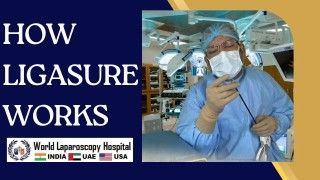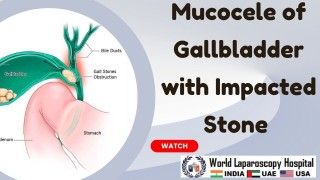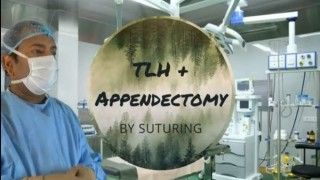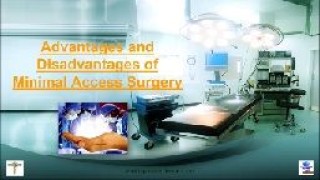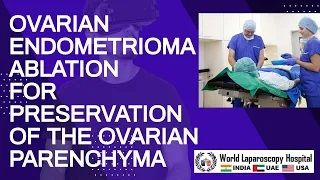Incisional Hernia IPOM Repair with Dual Mesh
Add to
Share
2,402 views
Report
Description
This video demonstrate Laparoscopic Incisional Hernia IPOM Repair with Dual Mesh (Polyurathane Mesh) by Dr R K Mishra at World Laparoscopy Hospital. The goals of ventral hernia repair are relief of patient symptoms and/or cure of the hernia with minimization of recurrence rates. While laparoscopic ventral hernia repair (LVHR) has gained popularity in recent years, there is still significant controversy about the optimal approach to ventral hernia repair. This document has been written to assist surgeons utilizing a laparoscopic approach to ventral hernia repair in terms of patient selection, operative technique, and postoperative care. It is not intended to debate the merits of prosthetic use and specific types of prosthetics. It is important to consider the size of the hernia defect when contemplating a laparoscopic approach, as larger defects generally increase the difficulty of the procedure. A recently published guideline by an Italian Consensus Conference recommended caution for defects greater than 10cm but did not consider such defects as absolute contraindication. Currently, there are two main categories of fixation methods available for use in the operating room – tacks and sutures, both of which are available in absorbable or permanent varieties. Sutures are commonly anchored to the mesh with conventional instruments in combination with a suture-passing device. Tacks are usually deployed via a mechanical device typically referred to as a “tacker” (deploys a variety of anchoring devices collectively known as “tacks”). There are human and laboratory reports utilizing fibrin-based sealant for fixation during LVHR, but the available evidence is limited. Proponents of tacks-only fixation have cited the shorter operating time, fewer skin incisions, improved cosmesis, and less acute and chronic pain as the main advantages of this approach.
Similar Videos

